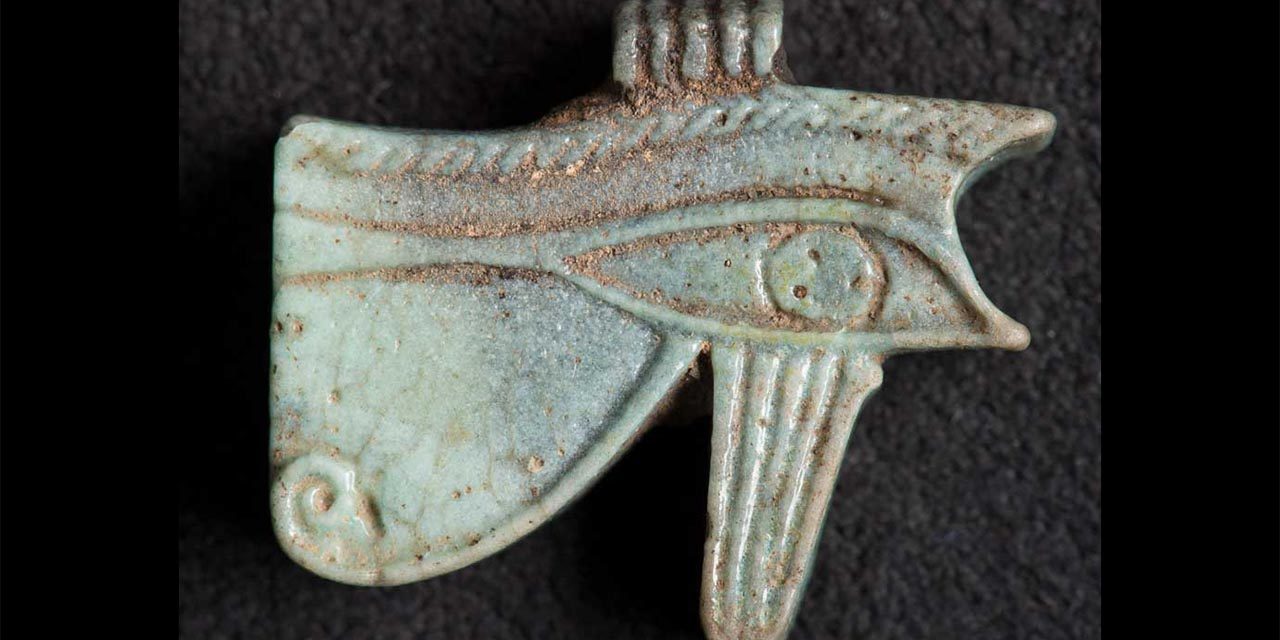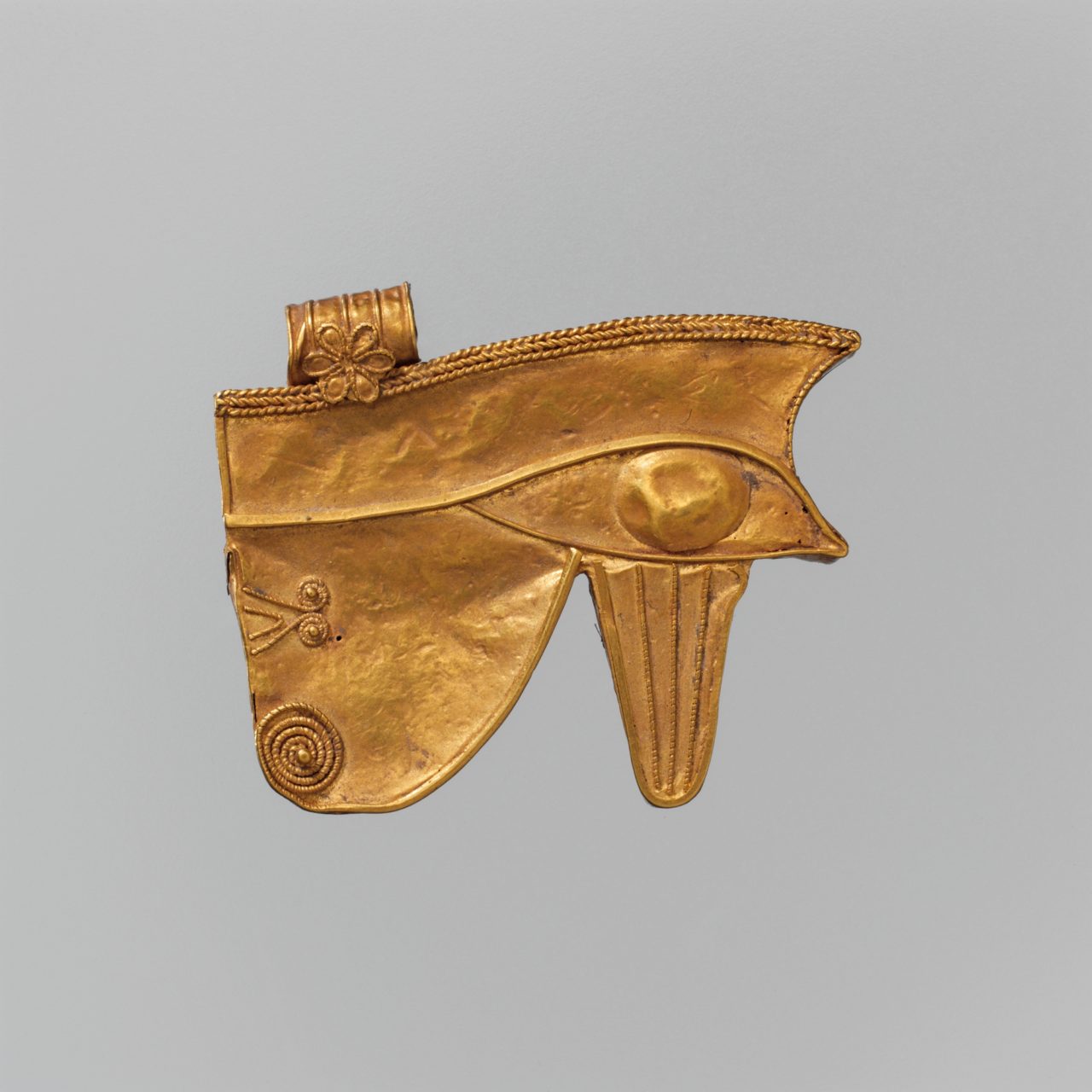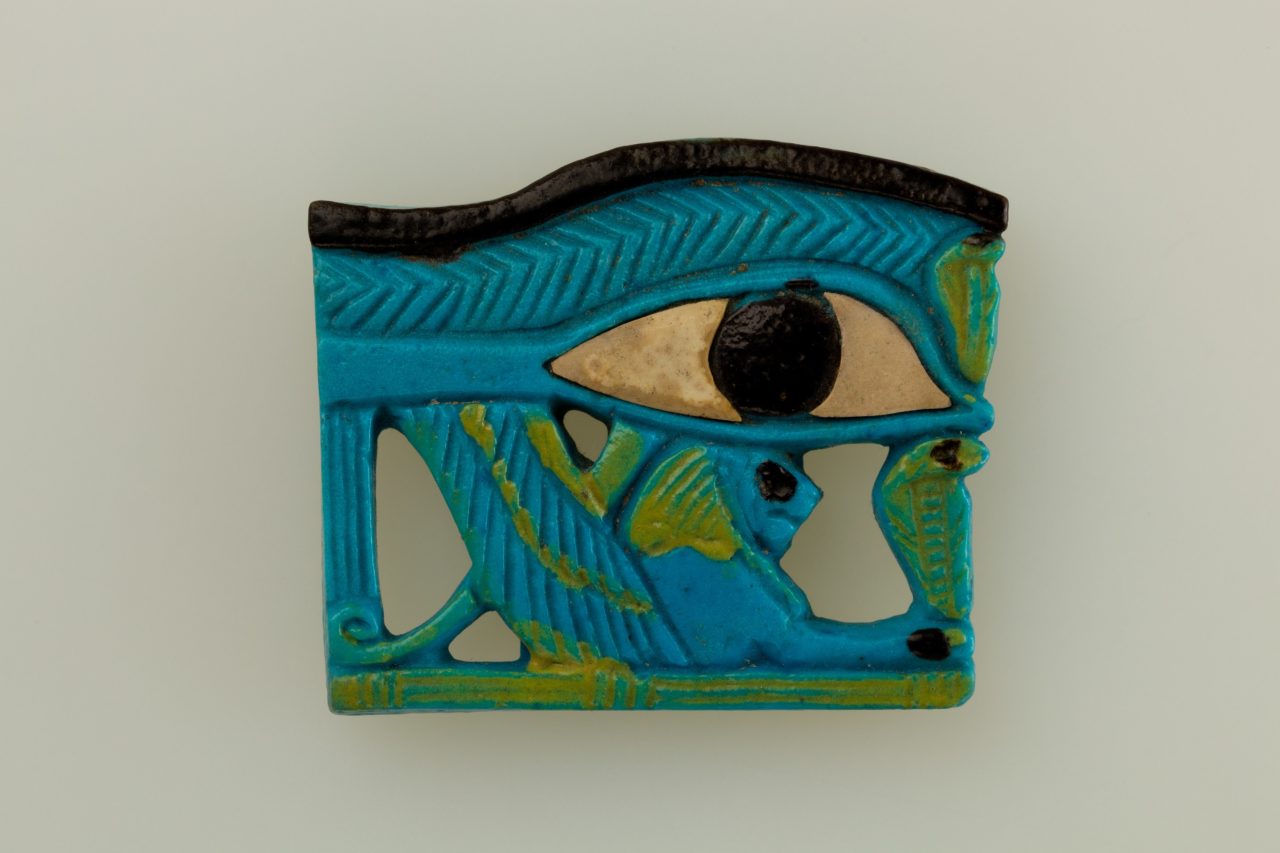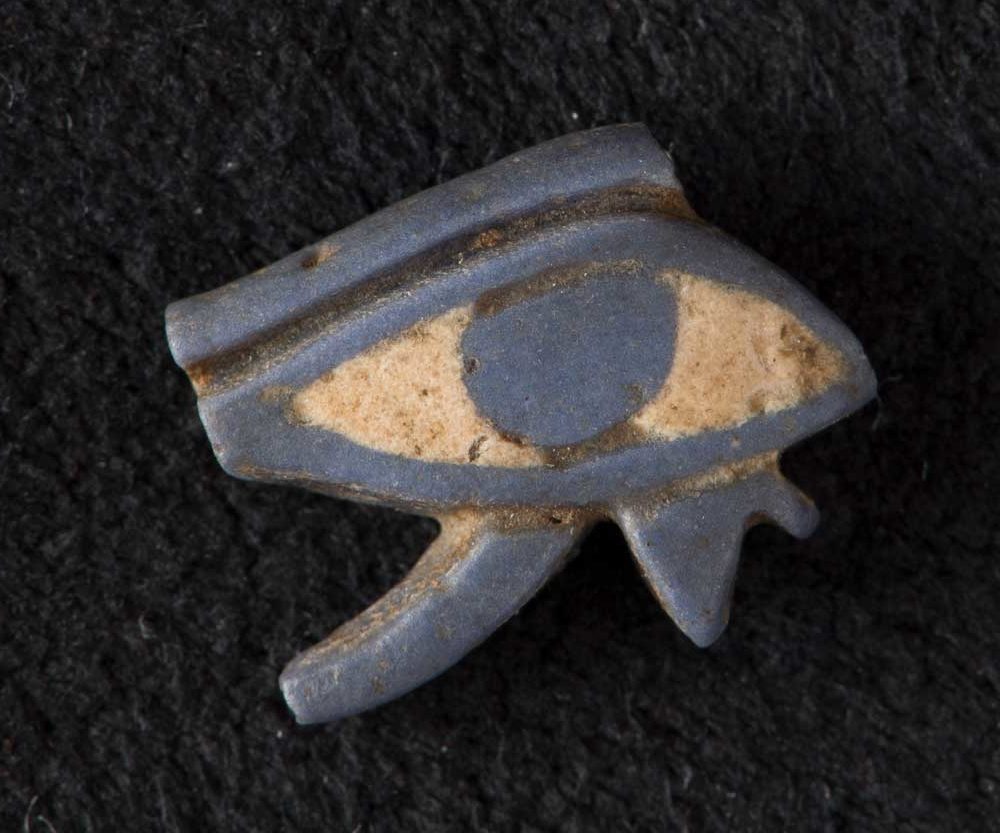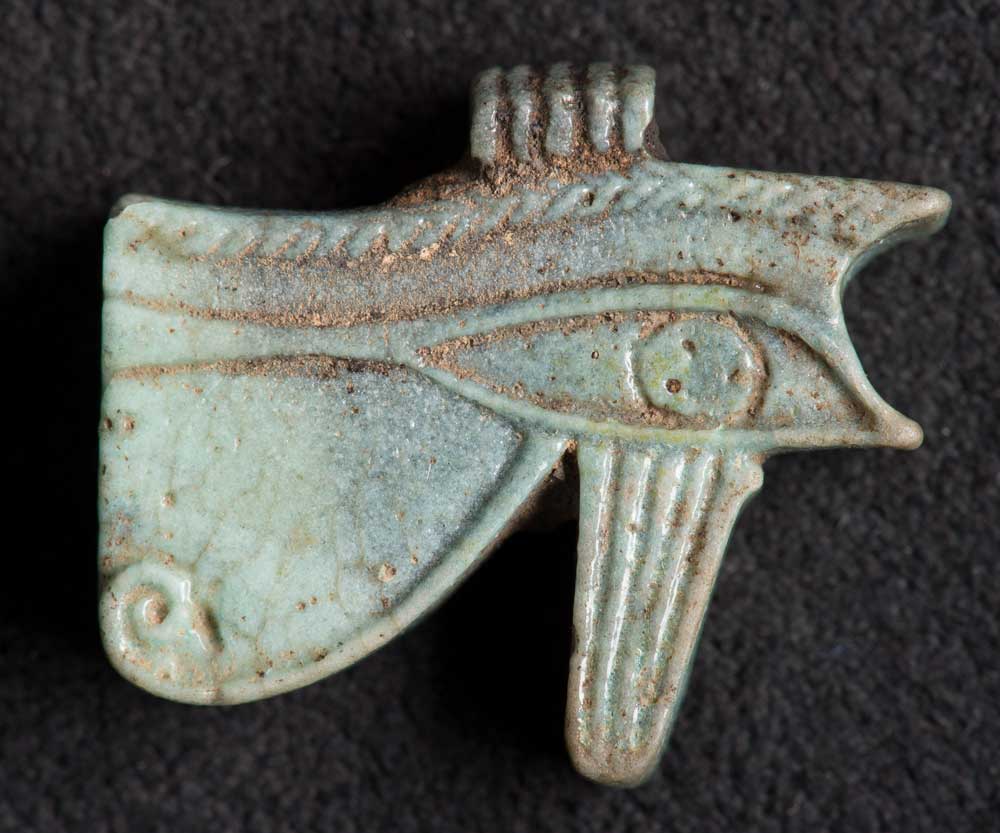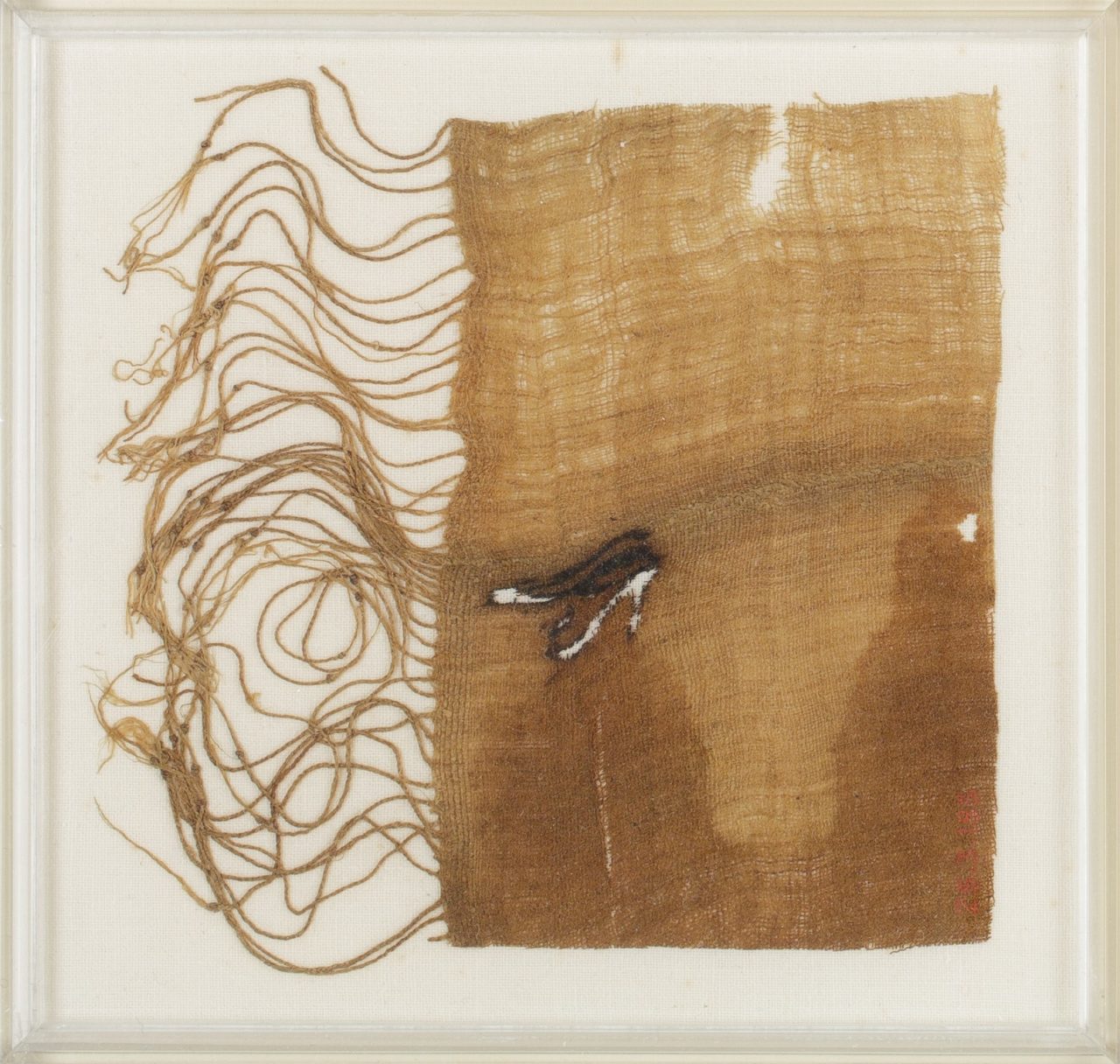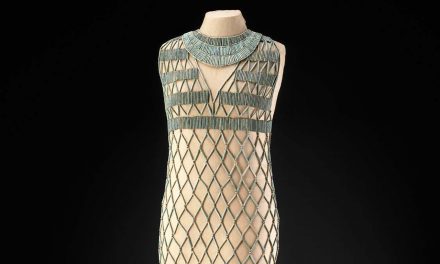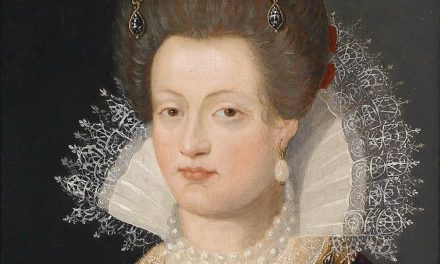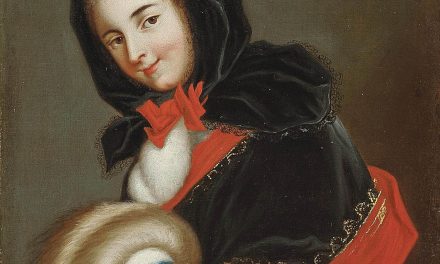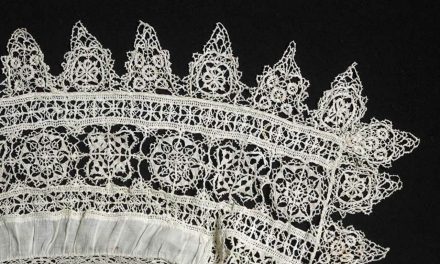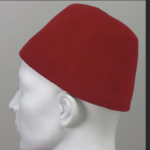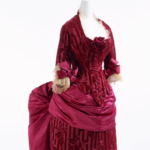The eye of Horus, or Wedjat eye, is an ancient Egyptian symbol that represents the eye of the falcon-headed god Horus and symbolizes healing and regeneration and was often worn for protection.
The Details
The eye of Horus is a symbol that has long been seen in ancient Egyptian art and religion. The History of World Costume and Fashion (2011), Daniel Delis Hill discusses the origin and purpose of the ancient Egyptian symbol:
“In myth, the god Horus had been blinded in battle, but had his damaged eyes restored by the god Thoth. Consequently, the symbol of Horus’s eye was worn to ensure good health or recovery from illness or injury.” (45)
Figure 1 shows a small gold eye of Horus or “Wedjat eye” from the collection of the Metropolitan Museum of Art; this piece was most likely used as an amulet, and was worn to bring good luck. The Met describes the eye of Horus as “a combination of human and a falcon eye.” It is also known as a wedjat which translates to “the one that is sound.”
In an article on “Horus the Avenger” in Calliope, Angela Murock Hussein gives further backstory of the eye of Horus myth,
“According to Egyptian myth, after the death of Osiris, Set, his brother and murderer, claimed the throne for himself. However, it was the duty of Horus, the only son of Osiris, to avenge his father and take his father’s place as king.”
For 80 years, the two fought over who was the rightful heir. Hussein continues:
“Horus and Set then cease their combat in order to rest. But, as Horus falls asleep under a tree, Set creeps up and puts out his eyes. Hathor, the goddess of love and joy finds the blinded Horus and tends to his wounds by pouring gazelle milk over his face, which restores his sight.”
According to the Johns Hopkins Archaeological Museum, the left eye was seen as the lunar eye because it waxes and wanes. The lunar eye of Horus is a regenerative entity that is said to bring safety and health to those who wear it. Amulets depicting this eye were commonly placed in tombs as they were also said to help the dead pass on safely to their next life.
A faience eye of Horus or wedjat eye amulet that dates to ca. 1070-644 BCE, also in the Met’s collection is
“an intriguing combination of the regular wedjat eye with a wing, two uraei, and a lion. This combination alludes to various ancient Egyptian stories that involve the eye of the sungod Re.“
Figure 3, which dates to ca. 1550-1295 BCE, is another faience eye of Horus, where the eye is flat and depicted in white and blue with very little detailing. Figure 4 is a third faience version with extra detail in the eyebrow and cosmetic lines which surround the eye, dating from ca. 1069-525 BCE.
Leonard Lesko notes in Egyptian Religion: An Overview (2005) that the eye of horus was found on the coffins and mummy wrappings during the Middle Kingdom, as seen in figure 5:
“udjat, the eye of Horus, which symbolized the sacrifice endured by Horus in his struggle to avenge his father’s murder. This eye was used to designate any offering or sacrifice and also to represent the sun and the moon gods and their barks.” (2713)
The eye of Horus is long-standing symbol in Egyptian culture that still is sometimes seen today. Many examples exist today in museum collections around the world.
Fig. 1 - Maker unknown (Ancient Egyptian). Wedjat Eye Amulet, 332–30 BCE. Gold; 3.2 cm (1 1/4 in). New York: Metropolitan Museum of Art, 23.2.67. Rogers Fund, 1923. Source: Metropolitan Museum of Art
Fig. 2 - Maker unknown (Ancient Egyptian). Wedjat Eye Amulet, ca. 1070–664 BCE. Faience, aragonite; 6.5 cm (2 9/16 in). New York: The Metropolitan Museum of Art, 26.7.1032. Purchase, Edward S. Harkness Gift, 1926. Source: Metropolitan Museum of Art
Fig. 3 - Maker unknown (Ancient Egyptian). Wedjat Eye, New Kingdom, 18th Dynasty, ca. 1550-1295 BCE. Egyptian faience; 0.8 cm. Baltimore: Johns Hopkins Archaeological Museum, James Teackle Dennis Collection of Egyptian Antiquities, 2031 D. Source: Johns Hopkins Archaeological Museum
Fig. 4 - Maker unknown (Ancient Egyptian). Eye of Horus, 21st-26th Dynasty, ca. 1069-525 BCE. Egyptian faience; 2.09 cm. Baltimore: Johns Hopkins Archaeological Museum, Mendes Israel Choen Collection of Egyptian Antiquities, 107, 3685. Source: Johns Hopkins Archaeological Museum
Fig. 5 - Maker unknown. Mummy bandage inscribed with a wedjat eye, Egypt, 1000 B.C.-1 A.D.. Fine linen; l. 15 × w. 12 cm ((5 7/8 × 4 3/4 in)). New York: The Metropolitan Museum of Art, 25.3.185. Rogers Fund, 1925. Source: Metropolitan Museum of Art
References:
- Foley, Kierra. “Wedjat Eyes” JHU Archaeological Museum, Johns Hopkins Krieger School of Arts & Science, 2021, https://archaeologicalmuseum.jhu.edu/staff-projects/ancient-egyptian-amulets/wedjat-eyes/
- Hill, Daniel Delis. History of World Costume and Fashion. Upper Saddle River, NJ: Pearson Prentice Hall, 2011. http://www.worldcat.org/oclc/768100950.
- Hussein, Angela Murock. “Horus the avenger.” Calliope, September 2011, 8+. Gale General OneFile. https://link.gale.com/apps/doc/A267332776/ITOF?u=fitsuny&sid=bookmark-ITOF&xid=65764a39.
- Lesko, Leonard H. “Egyptian Religion: An Overview.” Encyclopedia of Religion, November 30, 2004. http://libproxy.fitsuny.edu:2540/apps/doc/CX3424500899/GVRL?sid=googlescholar.
- “Wedjat Eye Amulet.” 2021. Metropolitan Museum of Art. 2000-2021. https://www.metmuseum.org/art/collection/search/561047

